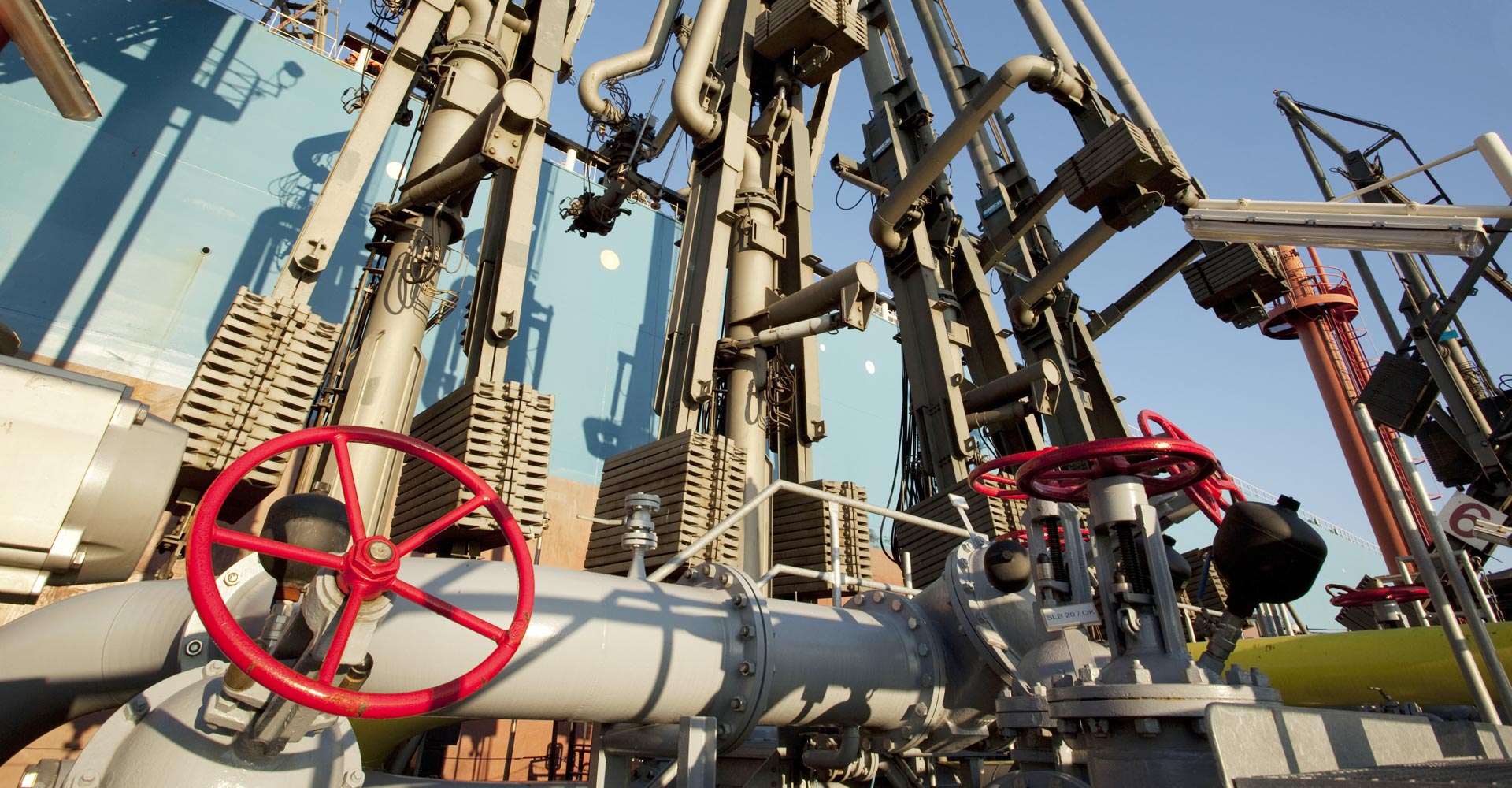Petrochemicals
Organic chemistry covers practically all the carbon-containing compounds, while inorganic chemistry (inorganic matter) relates to the other elements of the periodic table and their compounds. Petrochemicals are an important subsection of organic chemistry.
Today, nearly all chemical processes are based on petrochemical feedstocks. Petrochemicals saw high-speed growth in the 20th century, largely superseding the coal chemicals that had been predominant until circa 1950. The history of the petrochemical industry is a story of technical accomplishment and innovation. The petrochemical industry’s heyday began around the mid-20th century, as the demand for synthetic materials to replace costly natural products increased.
Petrochemicals are chemical products derived from crude oil and natural gas. These chemicals are extracted during the refining process when crude oil or gas is distilled or cracked. Some of the primary petrochemicals obtained in this process include benzene, ethylene, propylene and toluene. Naphtha is the most important feedstock for the petrochemical industry. Approximately 5% of the oil and gas consumed each year is needed to make petrochemical products. In the U.S., the world’s largest market for petrochemicals, the per-capita consumption of petrochemical products is 58kg a year.
Petrochemicals can be roughly divided into olefins (compounds with a carbon-carbon double bond) and aromatics (aromatic hydrocarbons). The plastics PE and PP as well as Butadiene rubber are obtained from olefins such as ethylene and propylene. Olefins are also used to produce detergents, food packaging, pharmaceuticals, kitchen appliances, fuel and chewing gum, for example.
Aromatic compounds include benzene, toluene and xylene, from which polystyrene, synthetic resins and polyester are obtained among other things, and which are also used in the production of electronics, coatings, sports equipment and textiles, for example. In our daily lives we are surrounded by all sorts of petroleum-based products, which we often take for granted – including soaps, plastics, paints, cars, frames for eye glasses, and disposable diapers, to name just a few more examples.
Depending on the properties of substances or chemicals, they must be accordingly classified, labeled and packaged. Likewise, the chemical compatibility – i.e. how various chemicals will react with each other – must be considered in their storage; see detailed comments under Chemicals.
Due to the vast worldwide demand for chemical products, the storage and handling of organic chemicals such as petrochemicals in tank terminals plays an important role in the value and processing chain. As the variety of chemicals is so vast, a detailed assessment is necessary to ensure that all aspects are taken into consideration so that the product can be stored and handled in a safe and efficient manner. The petrochemical products known as isocyanides, for example, require caution due to their reactive and hazardous nature. Phenol and ammonia are further examples of products that require special attention when storing and handling on account of their dangerous traits. Chemicals that are stored under pressure or require heating always call for extra safety precautions.
Oiltanking and its tank terminals provide comprehensive logistics solutions for the storage and handling of petroleum products, chemicals, gases and other products.
Status: December 2015
All information subject to change. Errors and omissions excepted.

